For the past 10 years, I’ve been working on film sets as a photographer, studying how various directors of photography choose to light scenes or subjects, often using an indirect lighting source. Usually, it’s some kind of 4×4′ white board mounted with a grip head on a light stand. As a photographer, I photograph the actors with this lighting while the scene is being filmed.
My own lighting setups come when I shoot a “gallery” or the “key art,” as that’s the only time on a film or television series where I have complete control over the set. For most of my career, I’ve employed softboxes, reflectors, and umbrellas, but for the past few years I’ve been experimenting with bounce lighting, and I’m quite thrilled with the results. You’ll see from some of the examples in this article how beautifully soft the source can be when bounced off a painted board. This approach to portrait work was a mainstay for photographers such as C.S. Bull and many of the Hollywood photographers from the 1930s and 1940s.
One of my subjects over the years has been Kelleth Cuthbert, a Canadian model who became internationally famous as the “Fiji Water Girl” after photobombing red carpet photos while handing out Fiji Water at this year’s Golden Globes ceremony. Kelleth and I go back almost eight years, to when I was doing lighting demonstrations for the annual ProFusion exhibition run by Vistek in Toronto. I was asked to handle the Elinchrom booth for two years, and Kelleth was my very first model for the booth. This shot is from our first meeting. It was done with a softbox, as shown in the lighting diagram here.
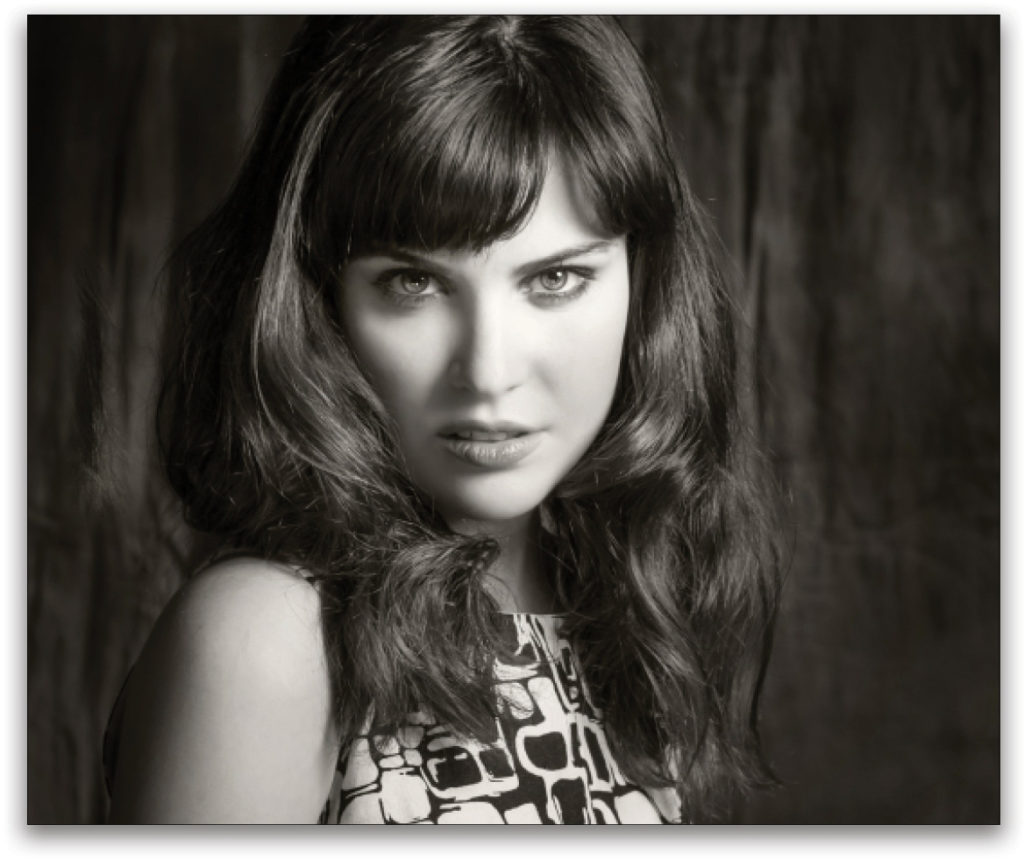
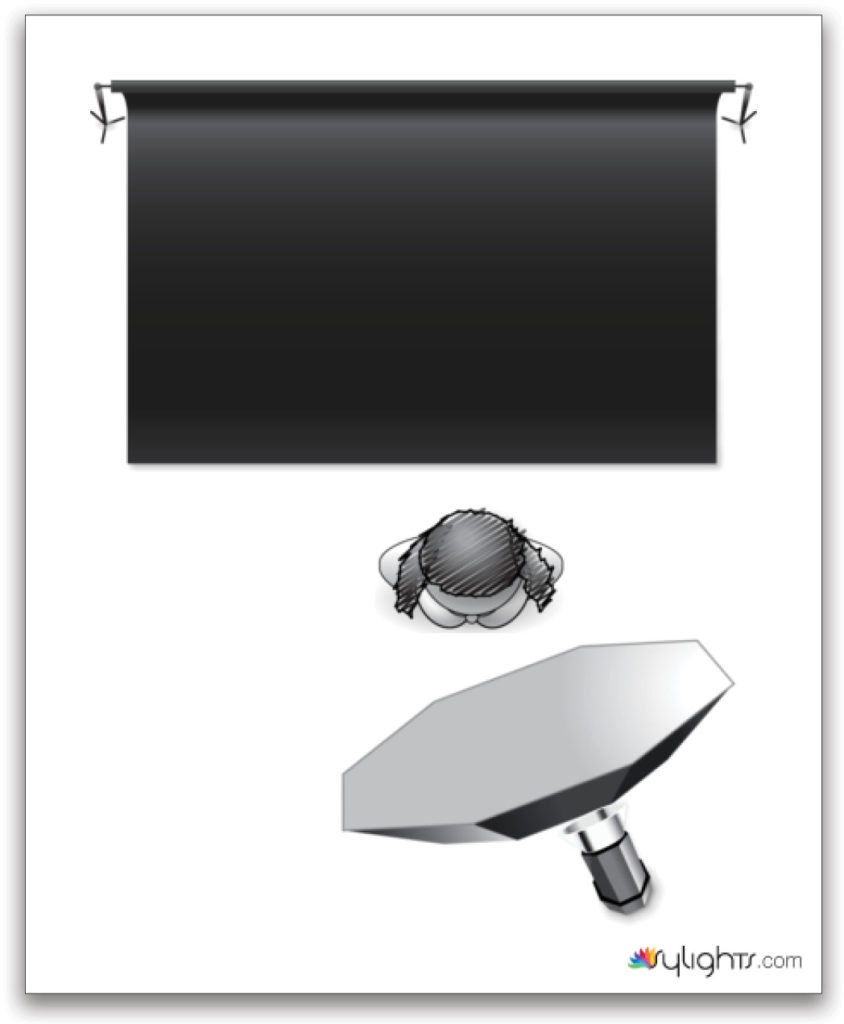
Bounce Light Portraits
Here are a couple portraits that Kelleth and I recently did together with bounce lighting. If you study the lighting, you can see there’s a nice, even texture throughout her face and neck area. This is also due to the size of the light source. I had two 8×4′ white boards at a close distance on either side of Kelleth. They were set up parallel to each other with one light source aimed at each board, one to camera right and one to camera left. The light on the left side is two stops down and slightly lower than the light on the right, allowing me to shape the light and create more shadows on Kelleth. Both lights are Profoto D1s with reflectors and attached to boom arms on C-stands.
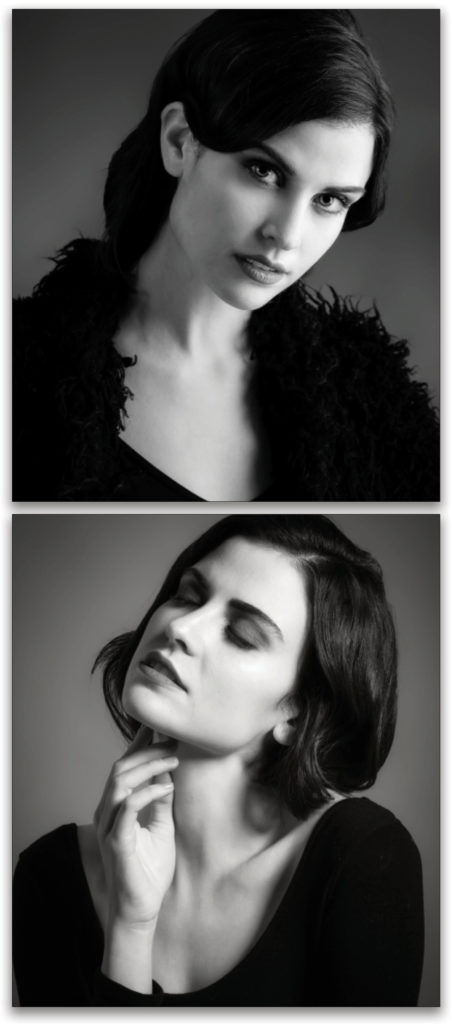

I originally discovered this type of portraiture lighting from a lighting diagram of a shot C.S. Bull took of Elizabeth Taylor many years ago. It’s included in Hollywood Portraits by Roger Hicks and Christopher Nisperos, which is an amazing look at historic photographs of famous Hollywood stars and the lighting design diagrams for those shots.
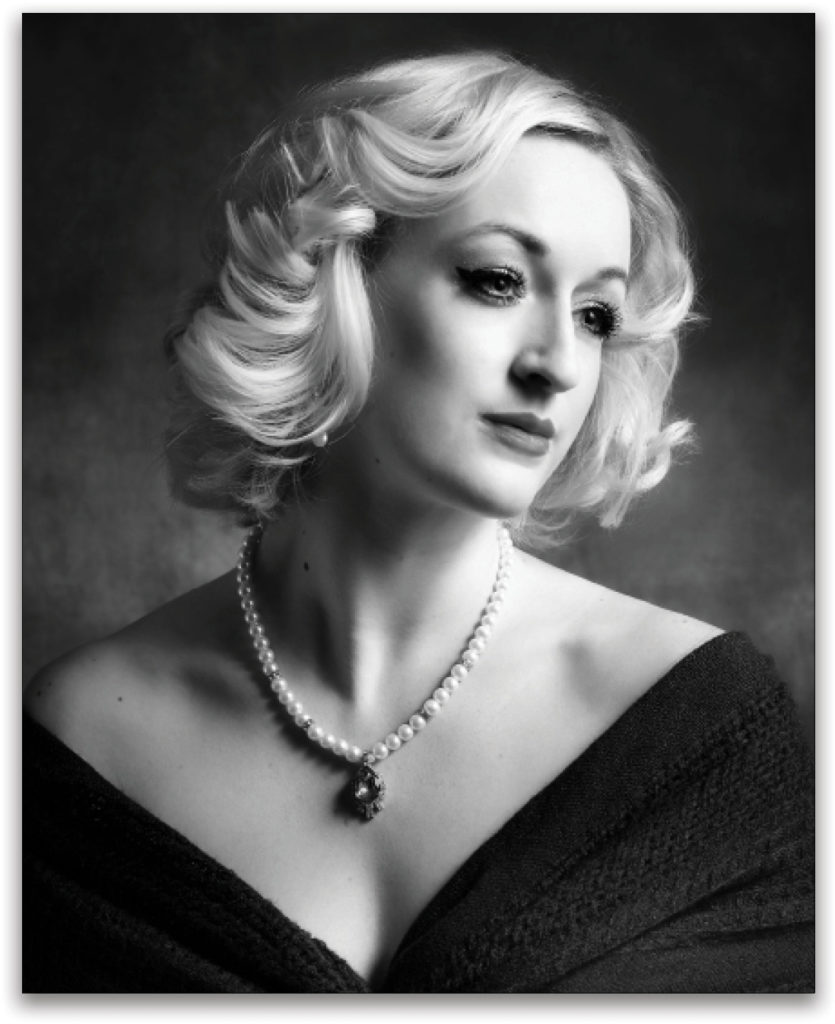
Here’s a shot I did of Aidan Morris a few years ago. Aidan and I met at an evening of dance at Rivoli Tavern, a cabaret on Queen Street in Toronto, where students from the George Brown College’s dance program would put on shows. I was the house photographer at their events for a few years, and I asked Aidan if she’d work in the studio with me. Voilà! I did the same style of lighting with her as I used in the previous example of Kelleth, but in this case, I put up a muslin background. The falloff on the background created a nice contrast between the very fair Aidan with her bright blonde hair and the lighting I was using. In both cases, they were sitting on a stool for the shot.
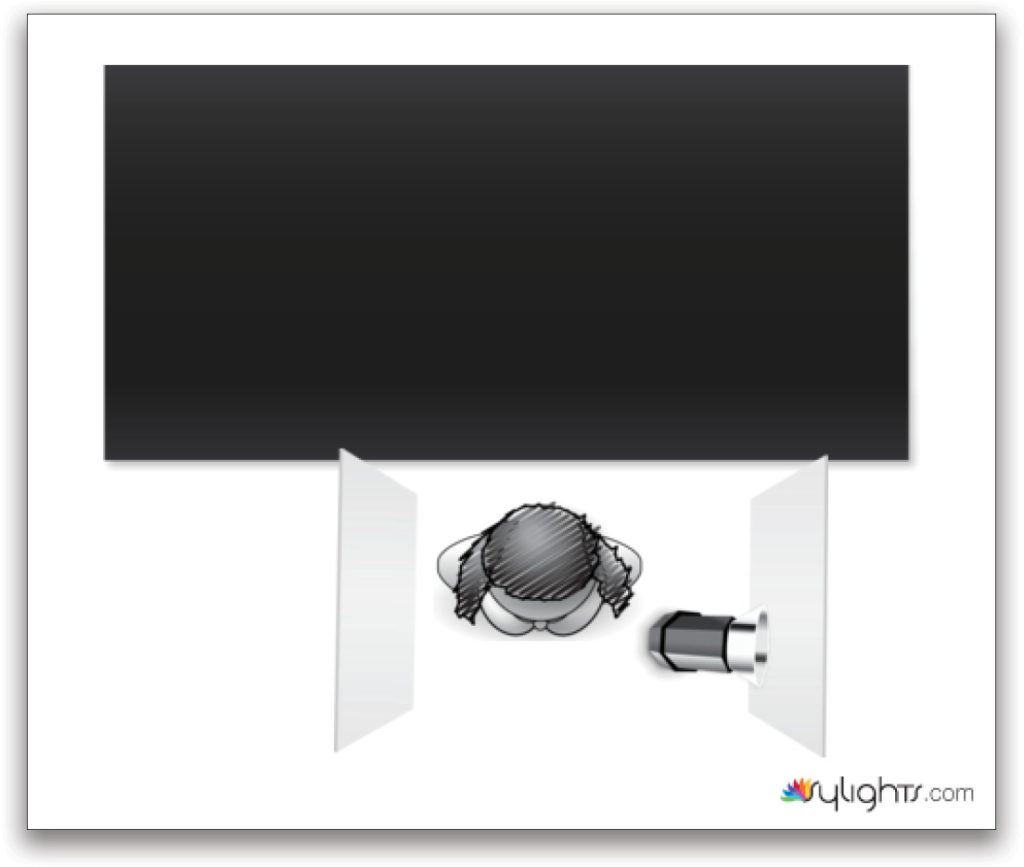
More Complex Bounce Lighting
This year, I decided to work on a slightly more complex approach to bounce lighting. I’m inspired by the amazing work of Scottish photographer Albert Watson. His approach to lighting and use of flags sync with my work on film and TV, as well as my portrait work. As photographers, we can throw light on anything, but it’s how we remove the unwanted light that really helps define a subject and create shape. Here’s a shot of Christina, a beautiful young lady who’s a former dancer and works as a personal trainer now.

To make this shot, on camera left I placed a 4×4′ painted foam-core board angled down on a clamp to not only hit Christina’s face directly, but also to fall off slightly. Aimed up at the foam-core board, I had a beauty dish with diffusion material attached to a Profoto D1. I flagged off the light with a second board painted black so only enough light squeaked through to light her ear on the left side of her face. The background was lit by two umbrellas to create separation.
This can be challenging, as it’s not a simple formula. You have to play around with how all this looks, using the modeling light and moving the flag around to get the shadows where you want them. The beauty is that you can create tremendously dramatic photographs.
Here’s another series from a May shoot with modern dancer and model Murphy Macdonald at Dancemakers theatre. I was excited to work with Murphy—she’s a real pro and brings tremendous energy and charisma to her work.
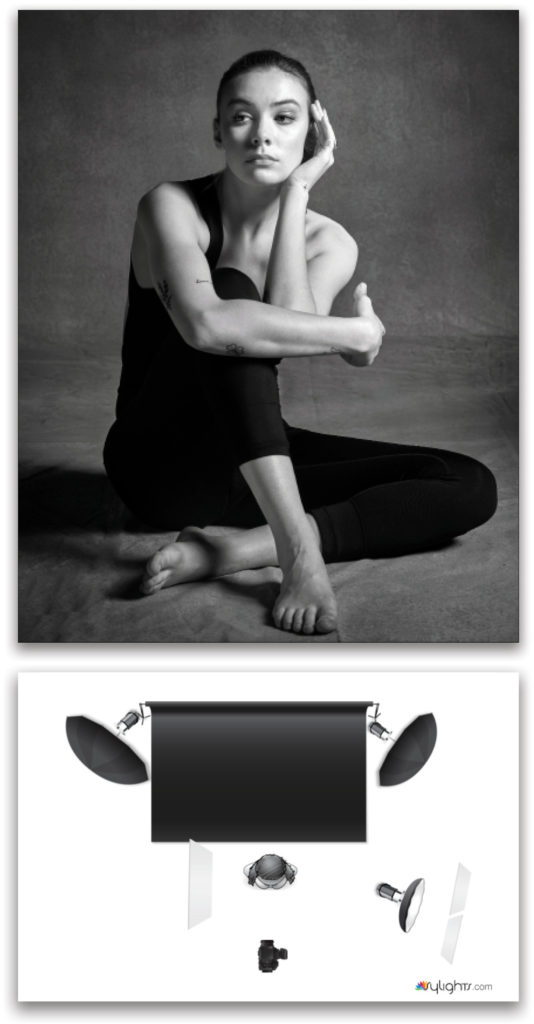
This setup was two 4×4′ boards, side-by-side camera right, lit by the diffused beauty dish aimed up at the boards and bounced down toward Murphy. There’s also an unlit 8×4′ board to camera left to bounce some of the light from the beauty dish. There were flags added above Murphy’s head for the crown shots.
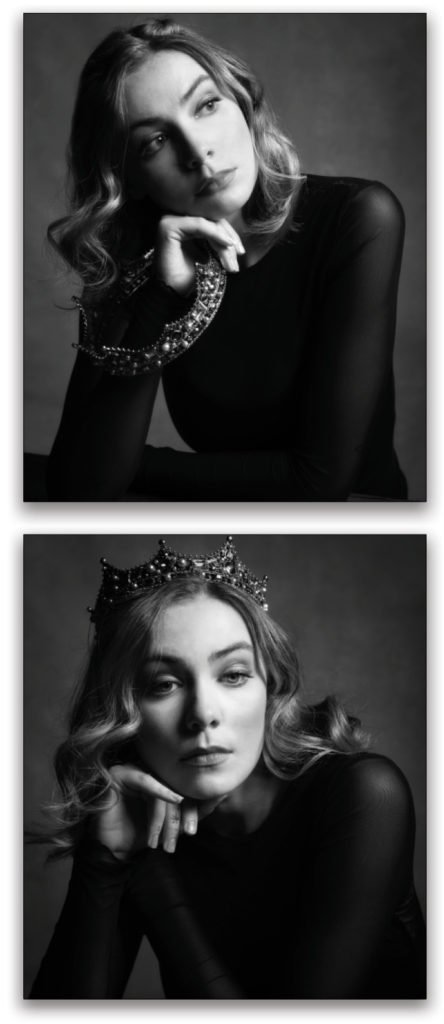
B&W vs. Color
I prefer black and white for this type of dramatic lighting, as it’s more the look I’m after. Here’s Christina in sort of a duotone color. In this case, we had the bounce board and the beauty dish directly behind me, with the flag above her head.
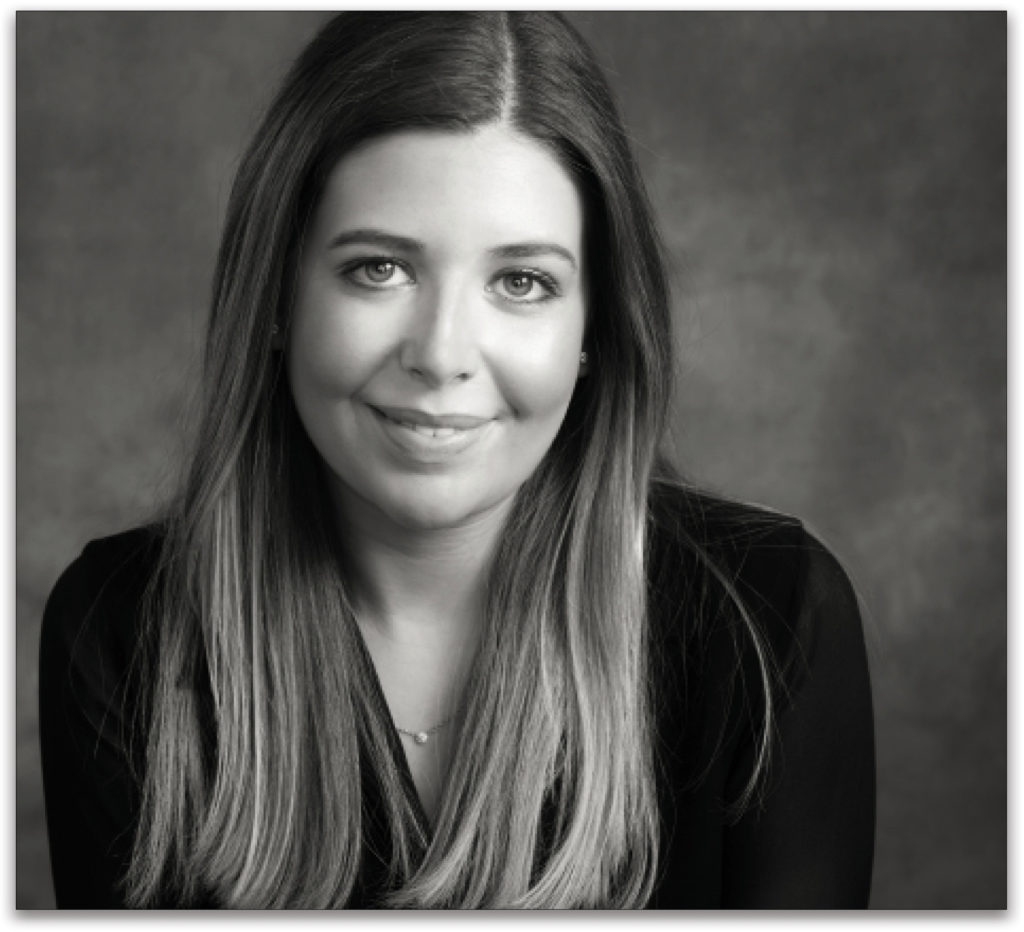
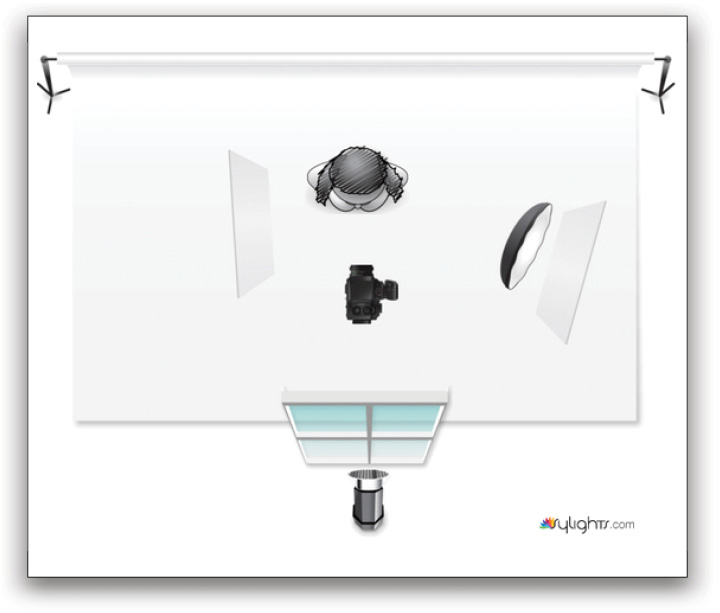
You decide: black-and-white or color? See the softness of the light? To create a different look, you can shoot a more lit portrait with this setup by removing the flag and adding more light to the background. Either way, bounce lighting is so cool—and warm as anything.
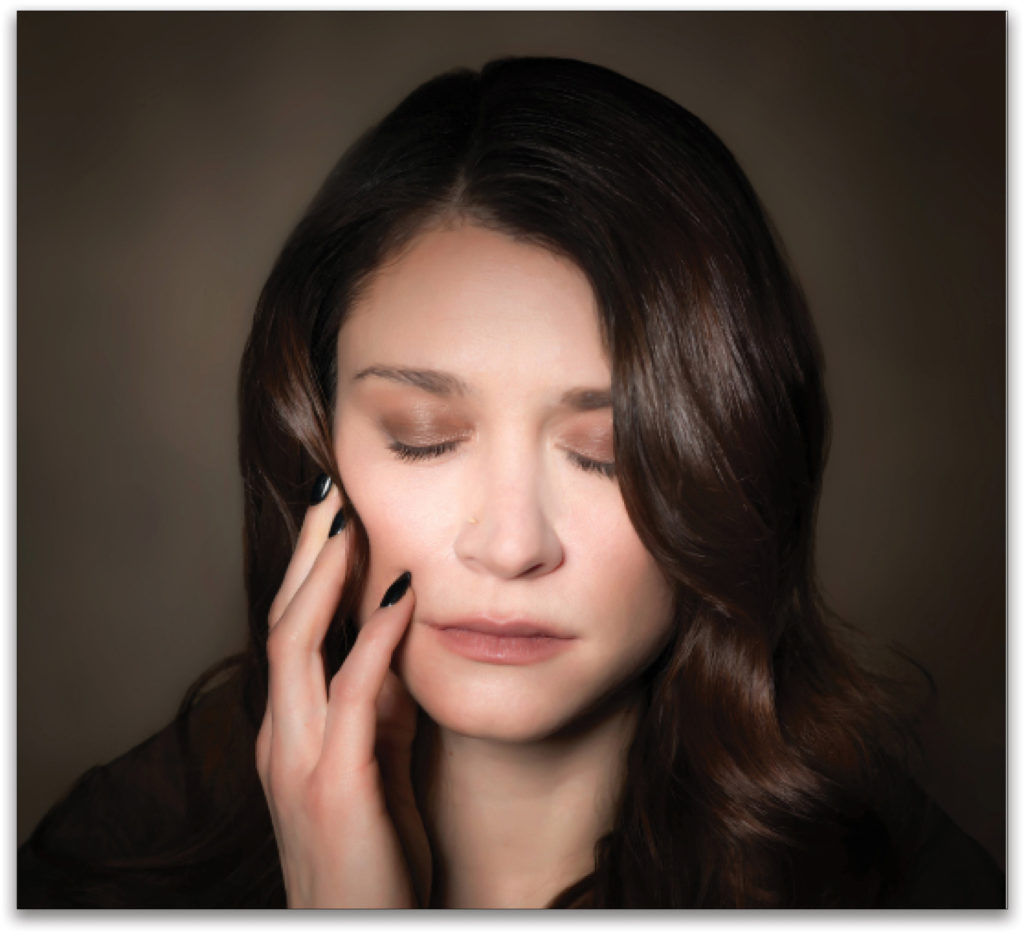
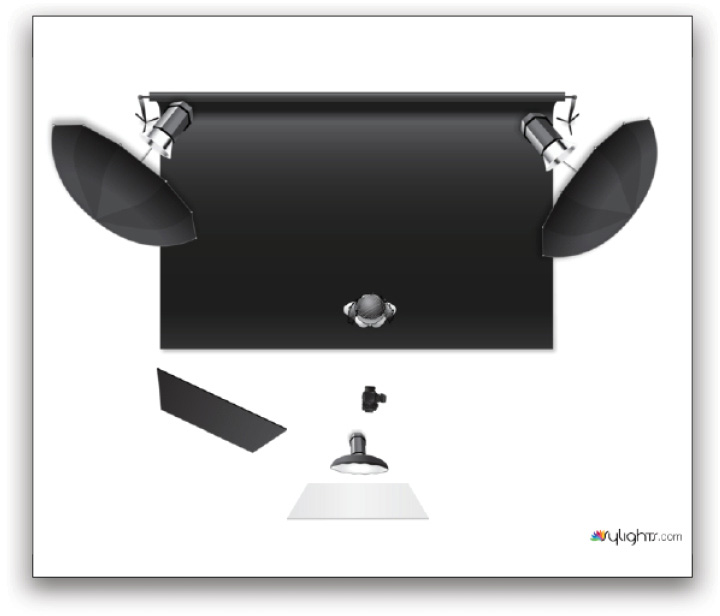
Big thanks to Gabrielle Tyrie for her assistance, and makeup artist extraordinaire, Gelerah Kamazani, for all of the makeup and hair on all images in this article. She’s amazing.
This article originally published in Issue 54 of Lightroom Magazine.

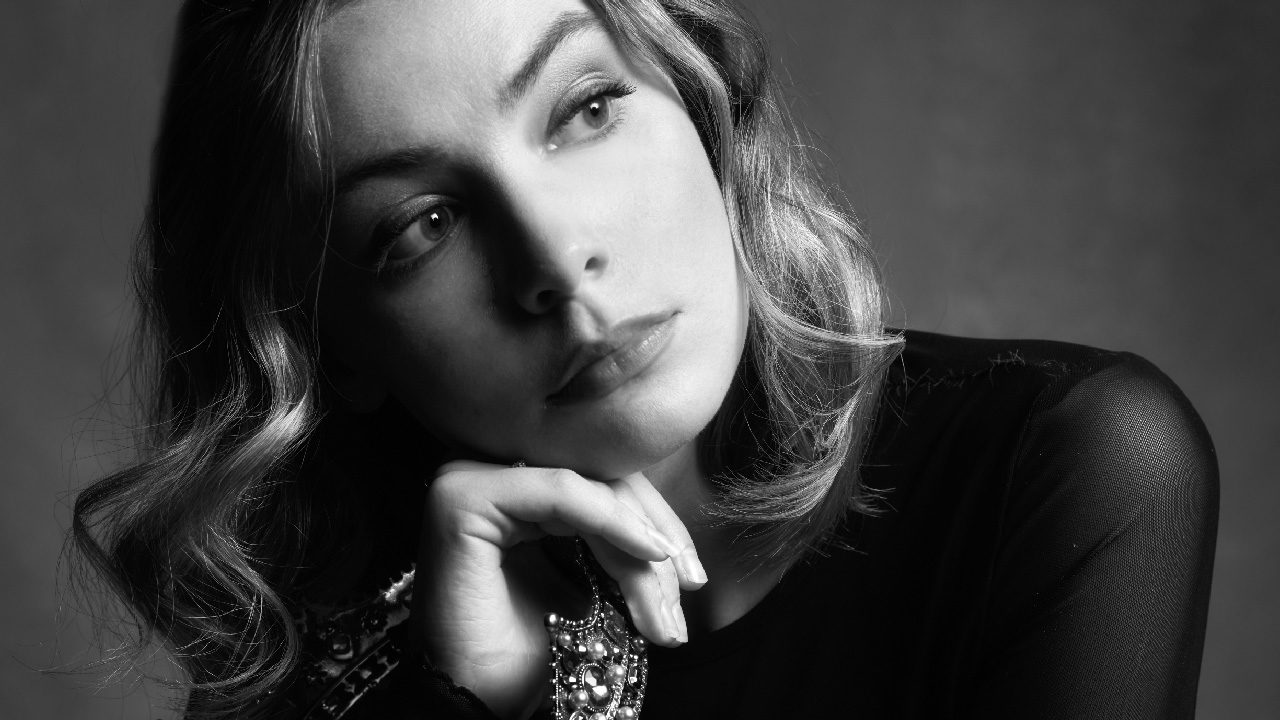





Excellent and concise. Nice to see references to the Greater Toronto Area and your Canadian connection.